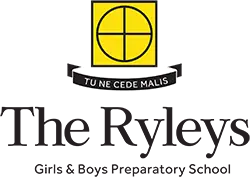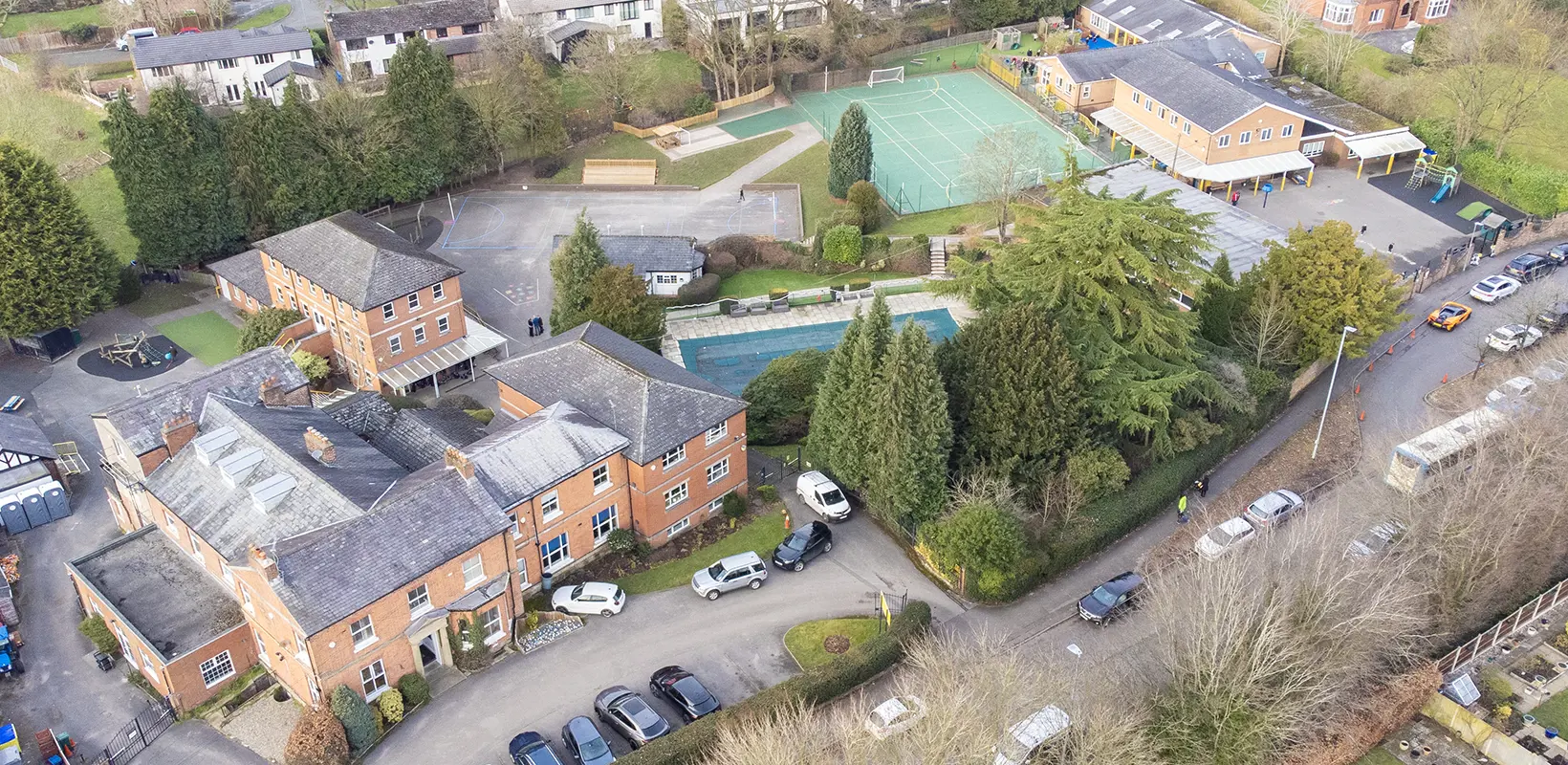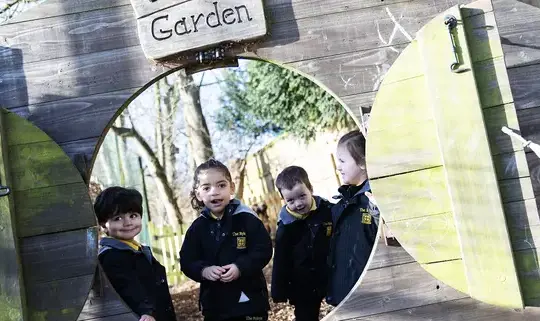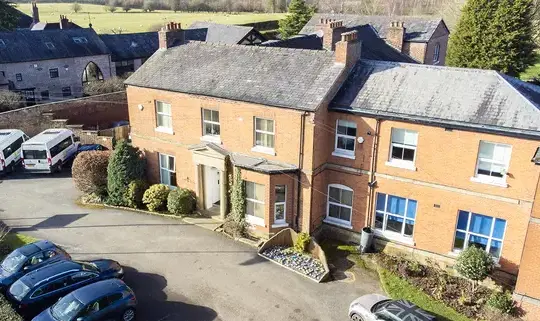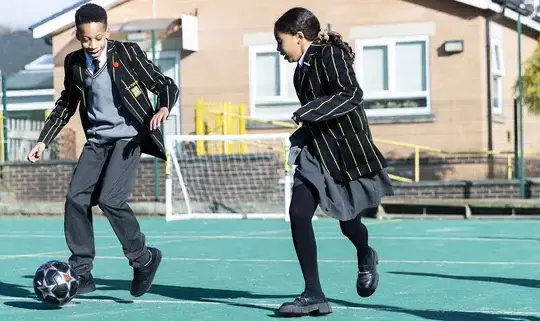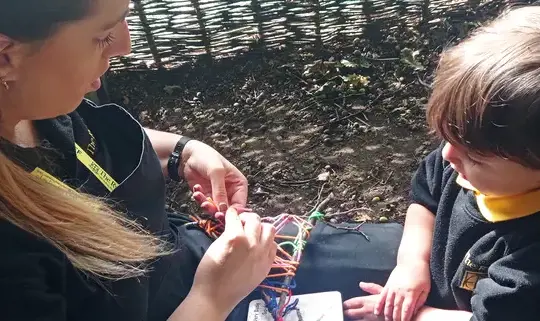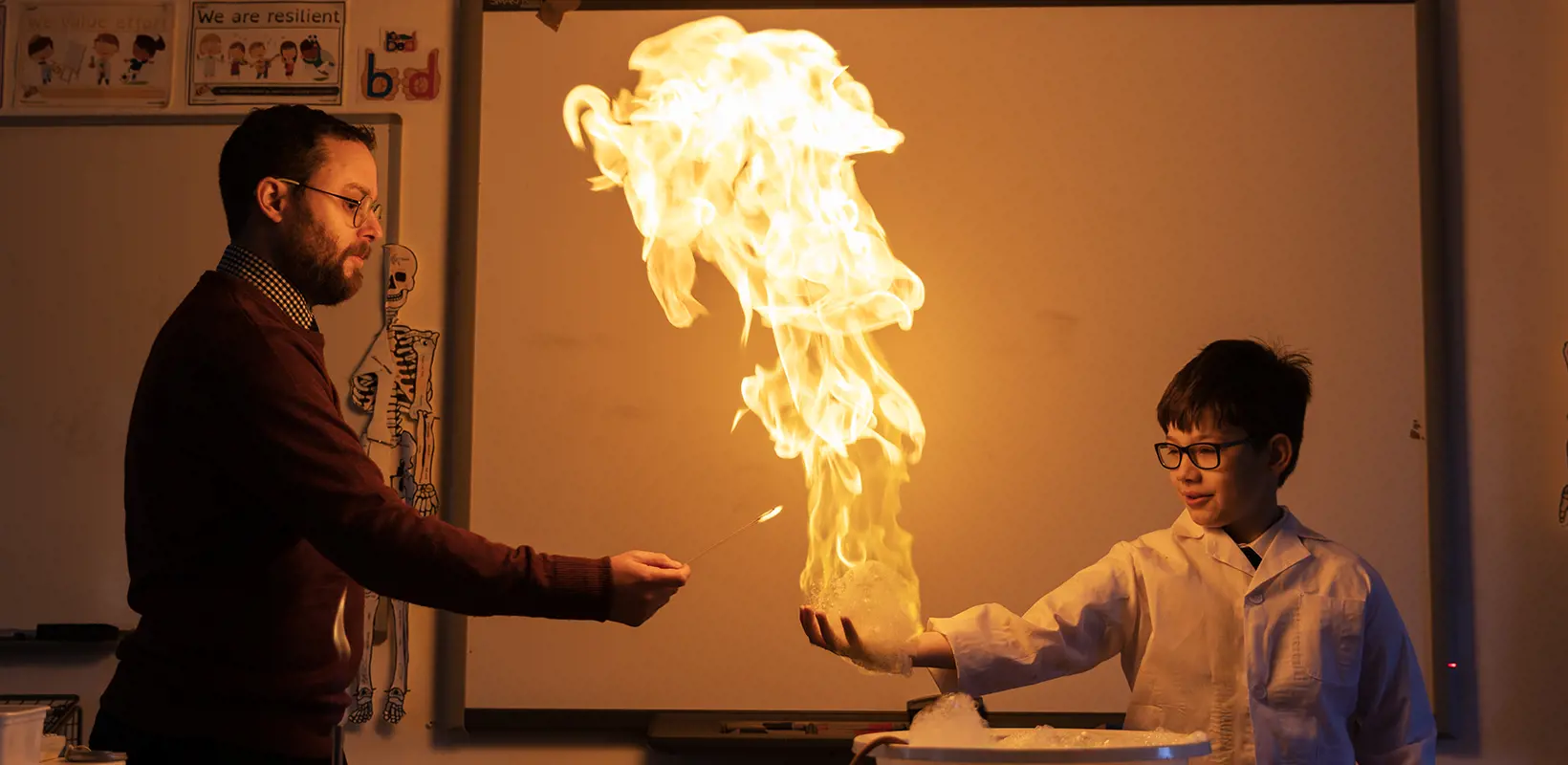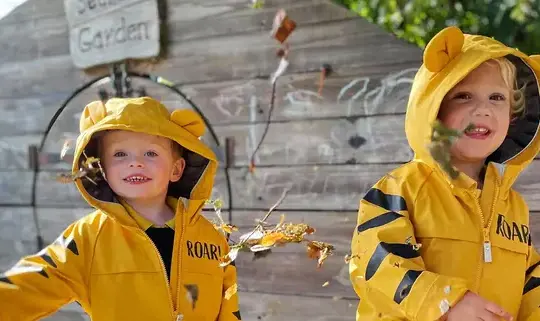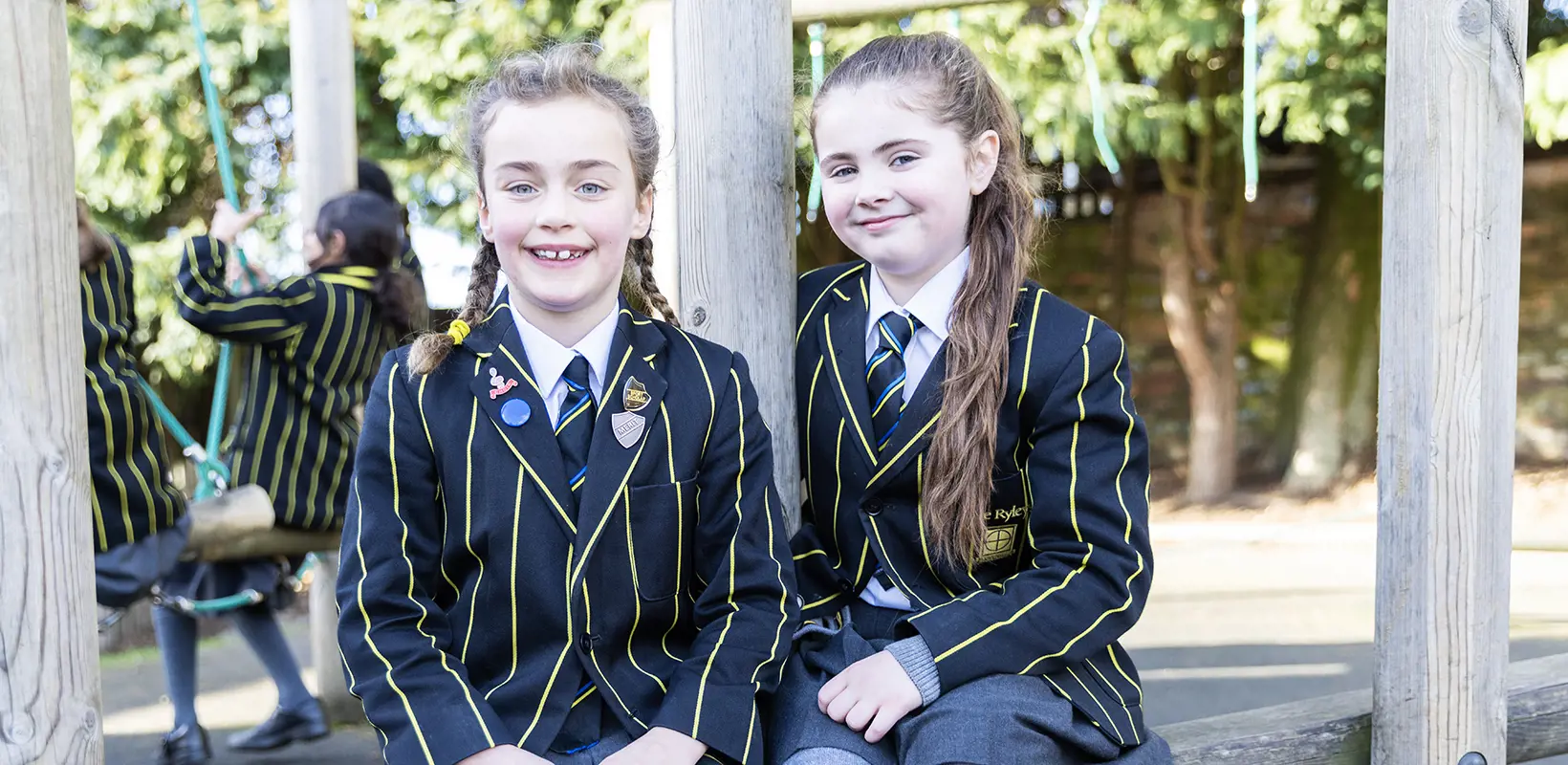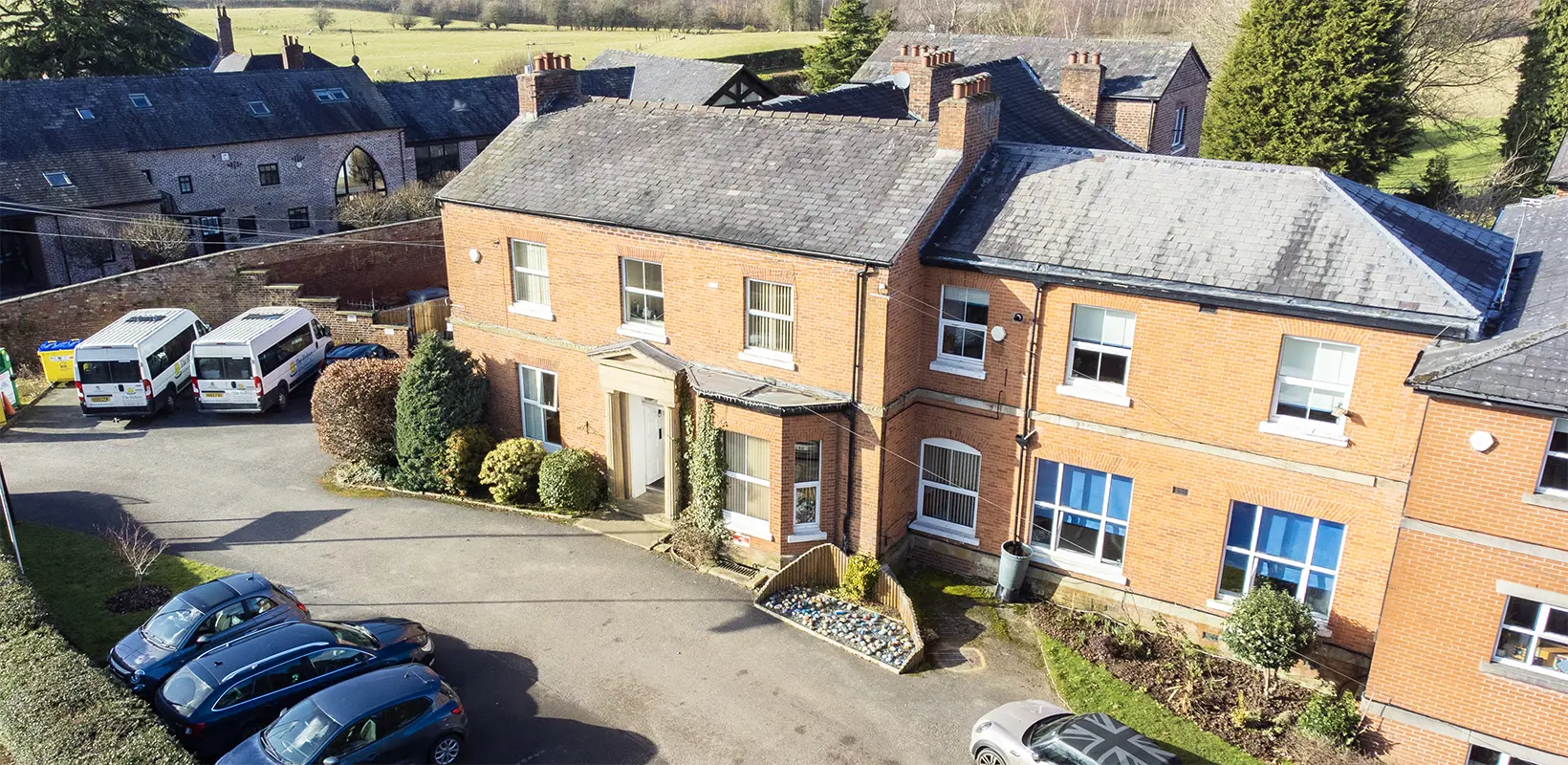History of The Ryleys School
The Ryleys School was founded in 1877 by Mr William Thomas Williams in the year in which Queen Victoria became the Empress of India. The school’s first premises is now the chemist on London Road in Alderley Edge.
The school moved to its present site on Ryleys Lane within a few years and took the name from the house that was originally built there in the early 19th century by a Manchester cotton merchant, Mr Peter Taylor. The school was originally an all-boys day and boarding school.
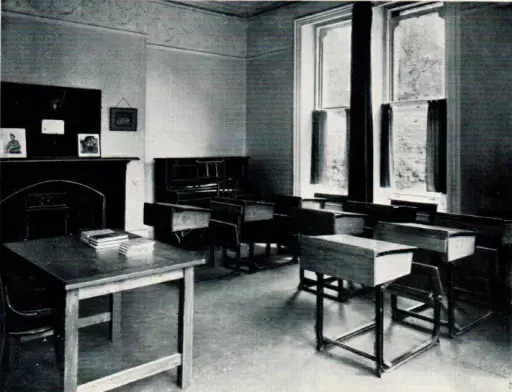
The School's Houses
Boys were organised into houses, each named after an honoured Old Boy; Elstob, Hoyle, Waterhouse and Wilson, which are still in existence today.
The Ryleys During The War Years
The Headmaster during the Second World War, Mr Woodhouse, kept the school open. Boys sheltered in the cellars as bombers returning from Manchester would jettison unused incendiary bombs on the gardens and fields around Alderley Edge.
27 ex-Rylesians were killed in the First World War; the youngest was H Peters who was just 20 years old. Ex-pupil, Lieutenant Colonel Wilfrith Elstob of the Manchesters was killed at the battle of St Quentil in 1918 and was awarded a posthumous Victoria Cross.
Elstob, along with all the old boys killed in the war were commemorated on the walls of the dining room and can still be seen today.
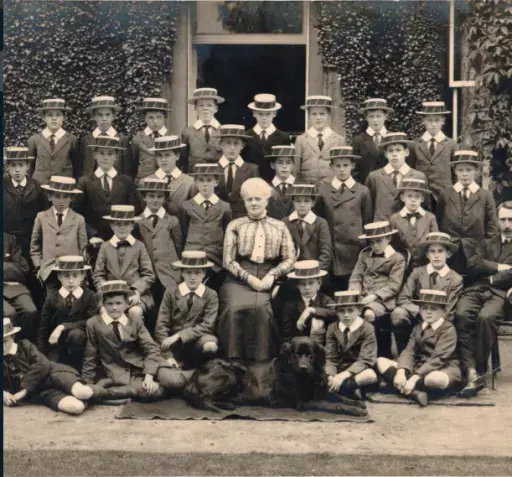
It appears at the time that the school was known to its pupils and staff as the ‘Black School’, perhaps because of the school colours. The origins of the school logo – the cross within a circle within a square – are unknown but the school’s motto TU NE CEDE MALIS comes from Virgil; DO NOT GIVE INTO MISFORTUNE - BUT ADVANCE ALL THE MORE BOLDLY AGAINST THEM.
The Ryleys was one of the first preparatory schools in the country to exist independently of a parent school public school. Mr Williams saw the school through the earliest years and into the new century as it established itself and grew.
Sport was high on the agenda in the early days with the results of an assortment of cross country races – the Soss Moss, Warford, and Wizzard Runs being faithfully recorded. As were the athletics and annual soccer and cricket matches between The School (day pupils) and The House (boarders).
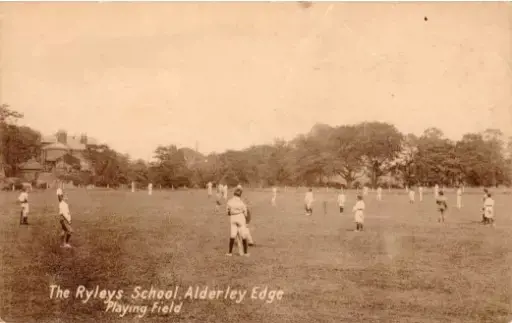
History of the Uniform
In the very early years of the school, the boys wore grey suits. In the 1920s, black blazers were introduced with yellow piping. It was in the 1930s that the black blazers with yellow stripes that we are familiar with today were introduced.
Within the school tie is a blue stripe, a nod to Harden House, a local prep school (on the Harden Park site, Alderley Edge) which merged with The Ryleys School in 1963/1964.
Harden House's school colours were mid blue and grey.
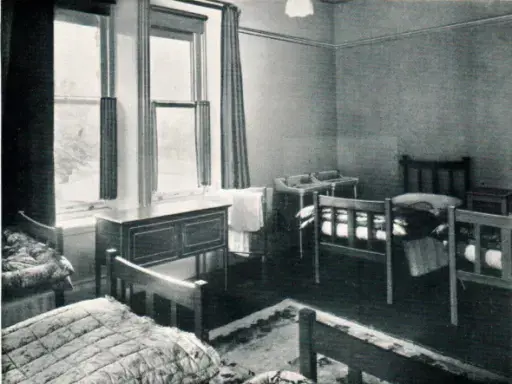
Alumni & Friends
The Ryleys has a long-standing history of academic achievements and is proud to have seen hundreds of happy Rylesians through its doors. We would love to hear from all past pupils, their families, and staff. We endeavour to maintain contact with as many alumni as possible.
The alumni body serves to;
- Provide opportunities for past pupils and families to maintain or re-establish contact with the school, and with each other
- Ensure alumni are up to date with the continuing development of the school
- Support the ethos and community of the school
All former members of the school are urged to join the Alumni & Friends. Membership is for all members of the family and there is no joining fee. This will ensure we can keep you informed about news and events via our regular newsletter and invite you to school functions which may be of interest.
If you would like to keep in touch with The Ryleys, please complete the alumni registration form and return it to us.
